Community Engagement in Healthcare: Importance, Examples, and Strategies
VerifiedAdded on 2023/06/13
|8
|511
|262
AI Summary
This presentation discusses the concept of community engagement in healthcare, which involves working collaboratively with healthcare professionals to address health issues faced by the community. It highlights the importance of community engagement, its benefits, and examples of community health programs. The presentation also covers the community engagement strategies used by St. Vincent Hospital and the limitations and future developments in this field. Personal learning from the presentation includes understanding the burden of preventable illnesses, identifying ethical pitfalls, and creating processes for solving ethical problems.
Contribute Materials
Your contribution can guide someone’s learning journey. Share your
documents today.
1 out of 8
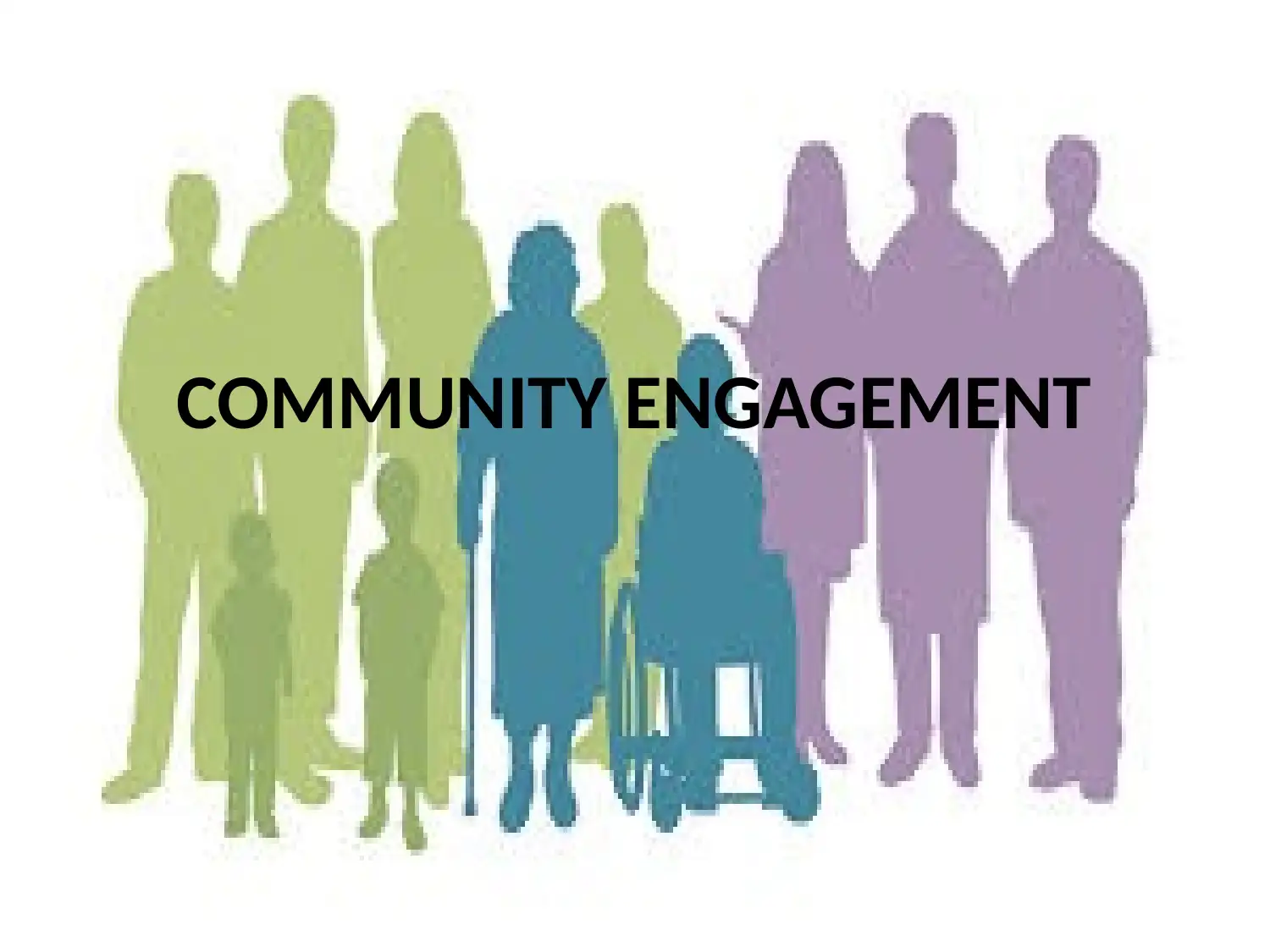
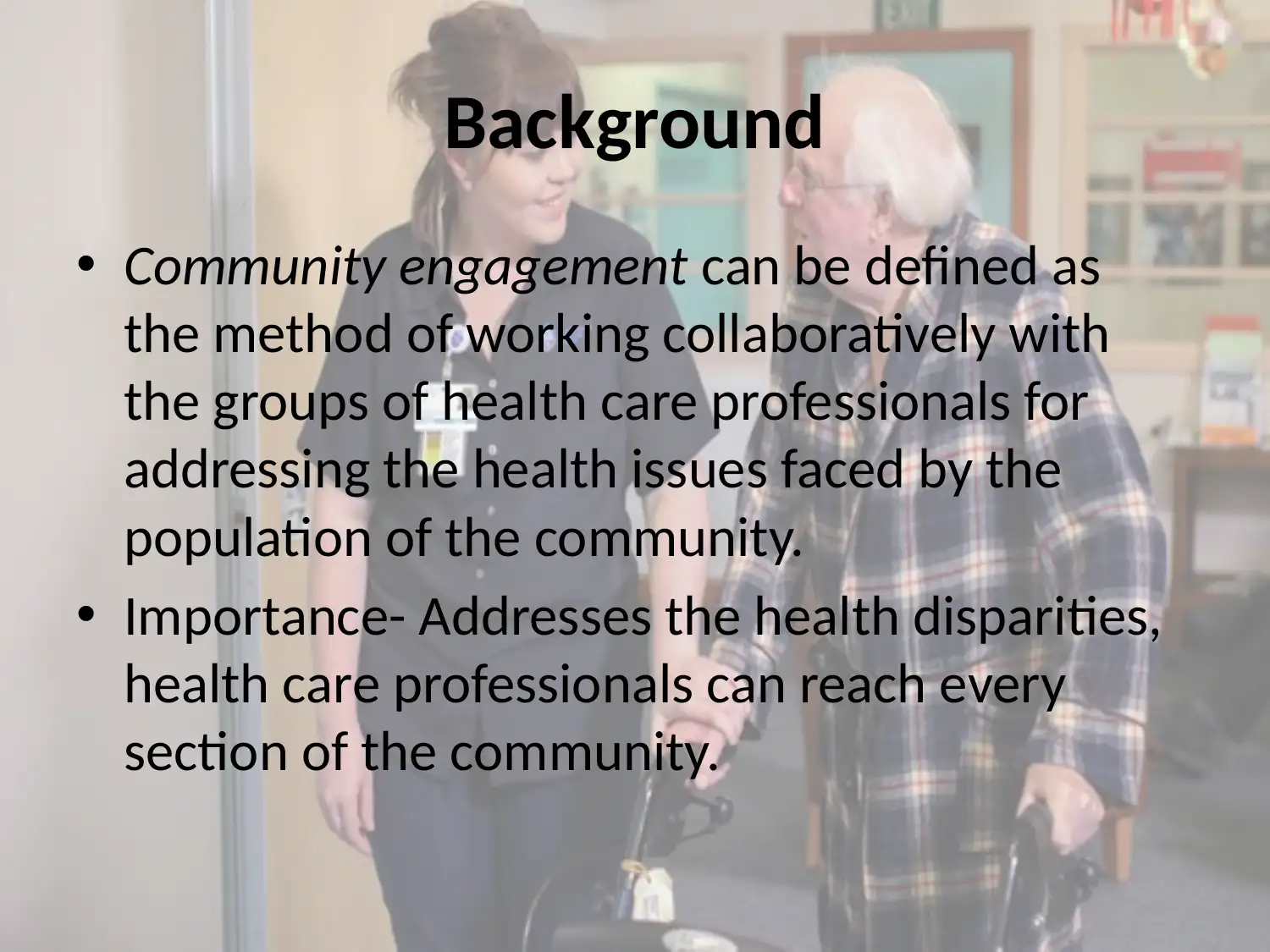
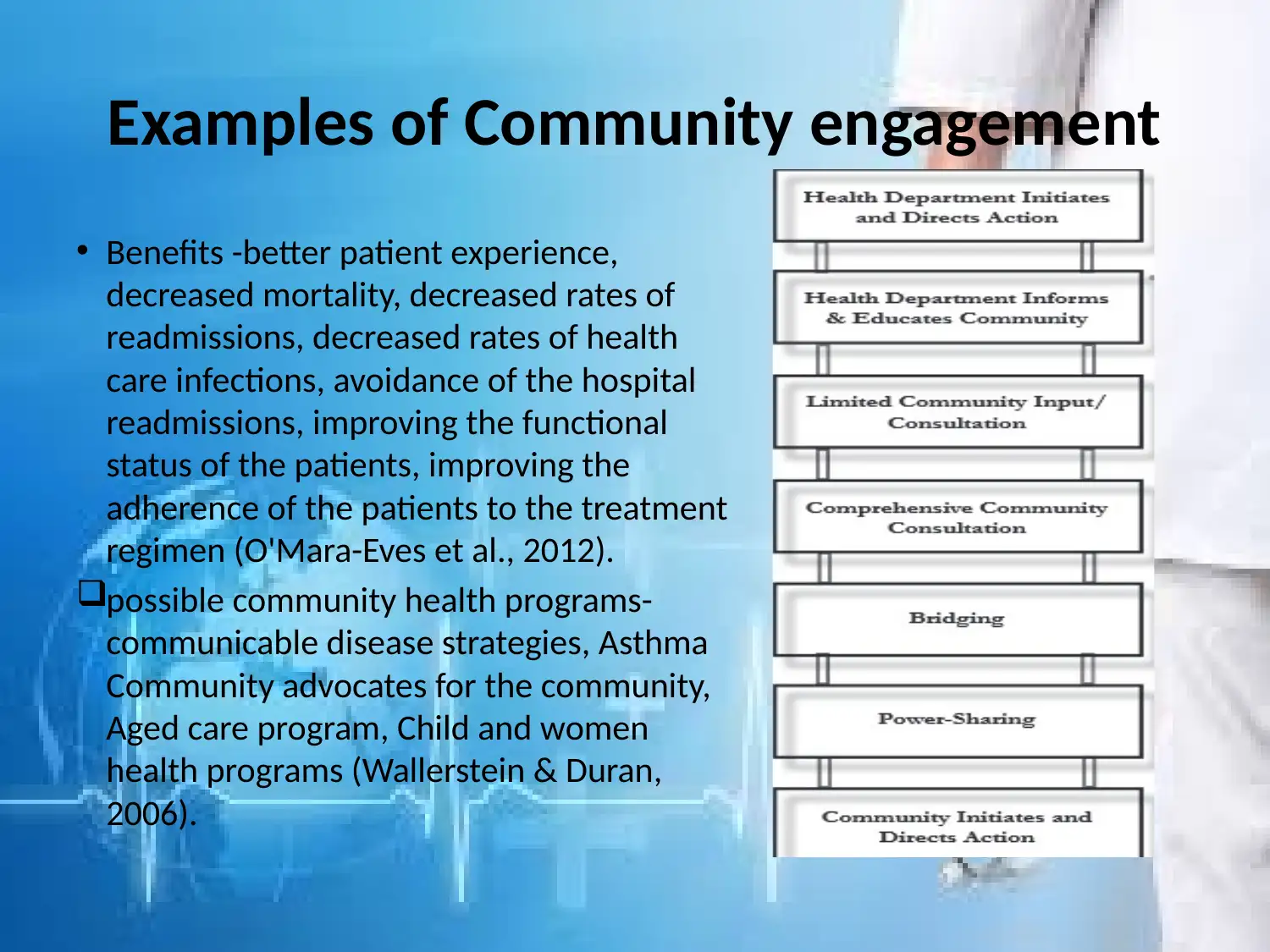
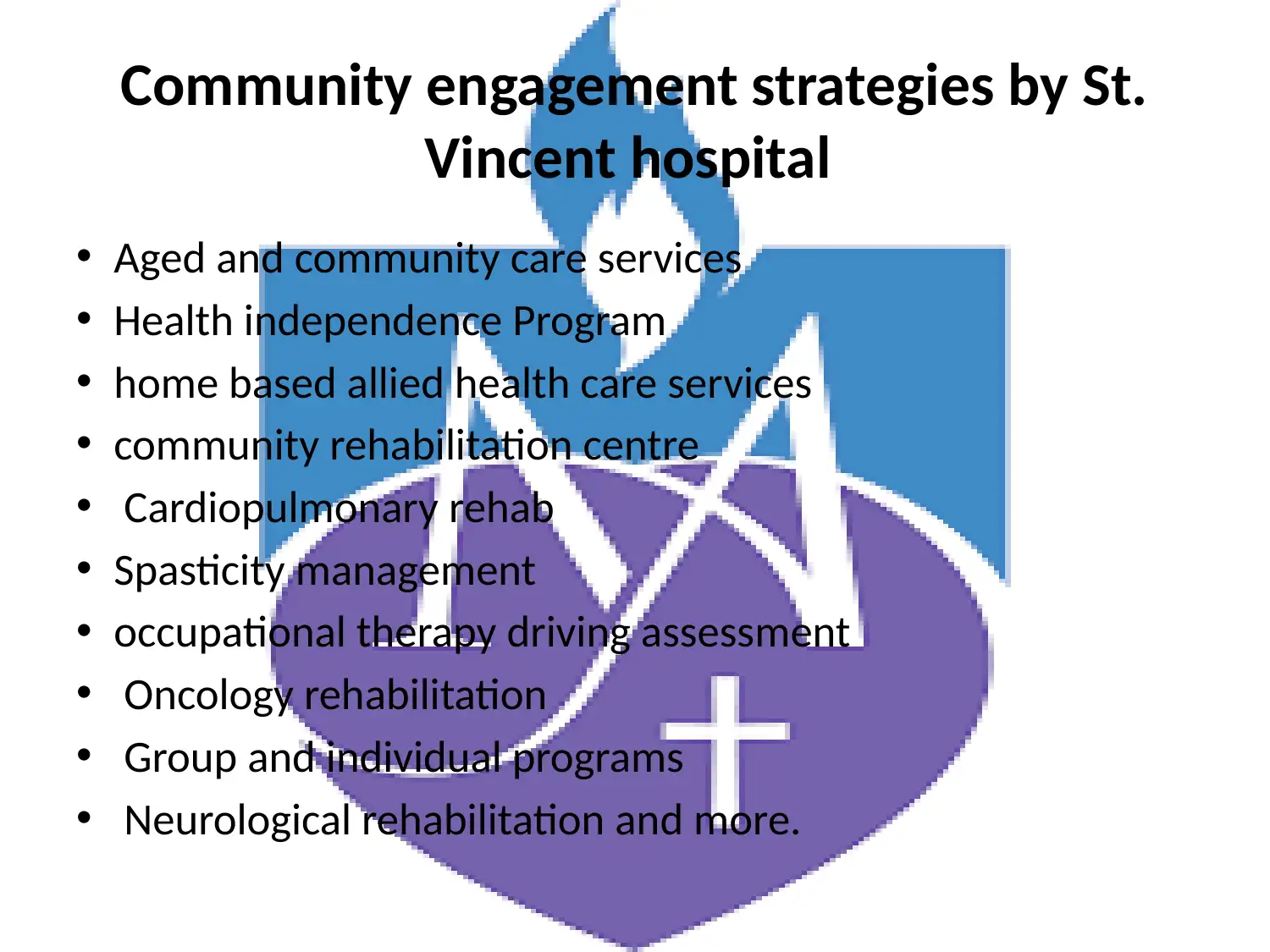
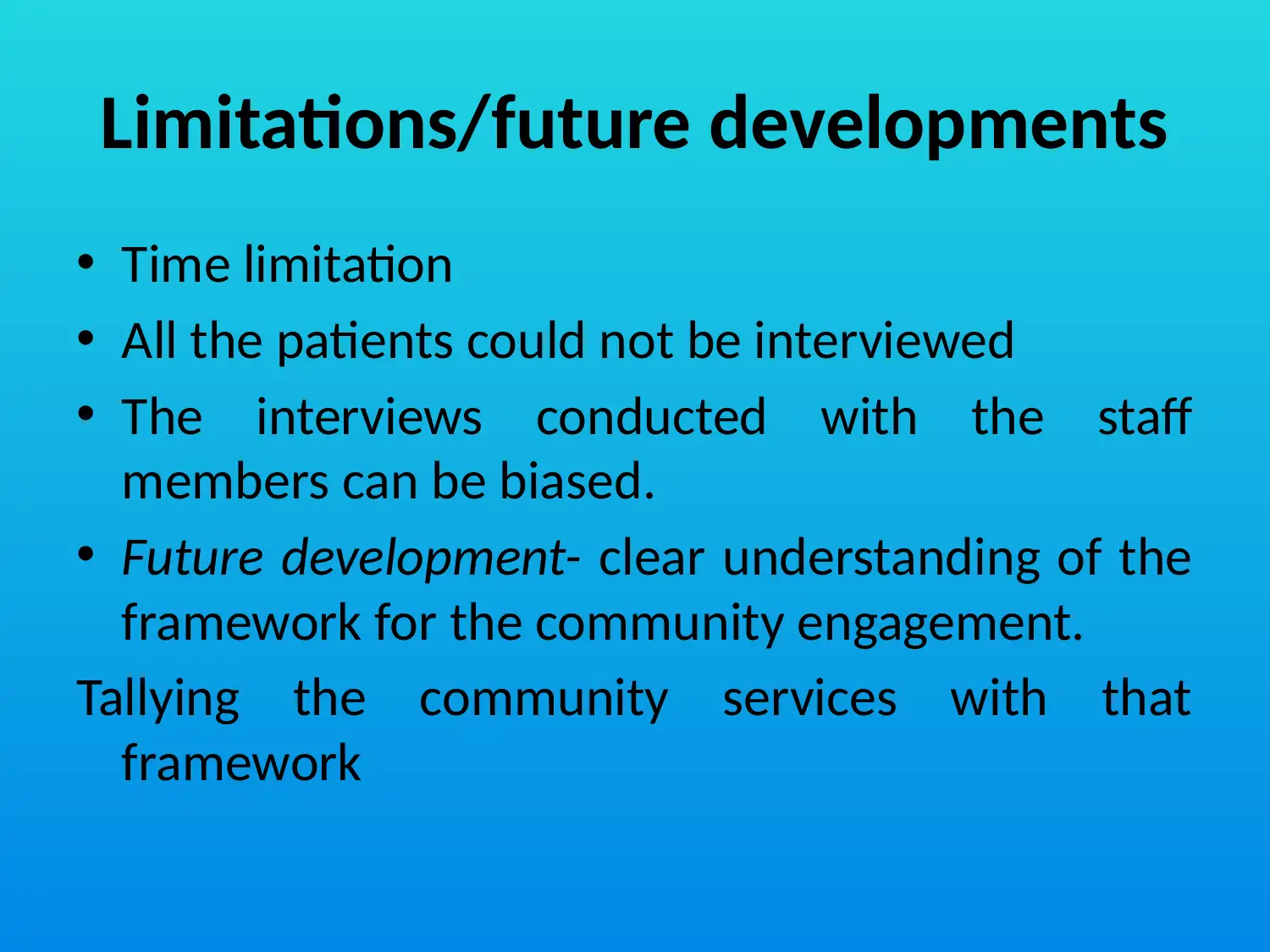
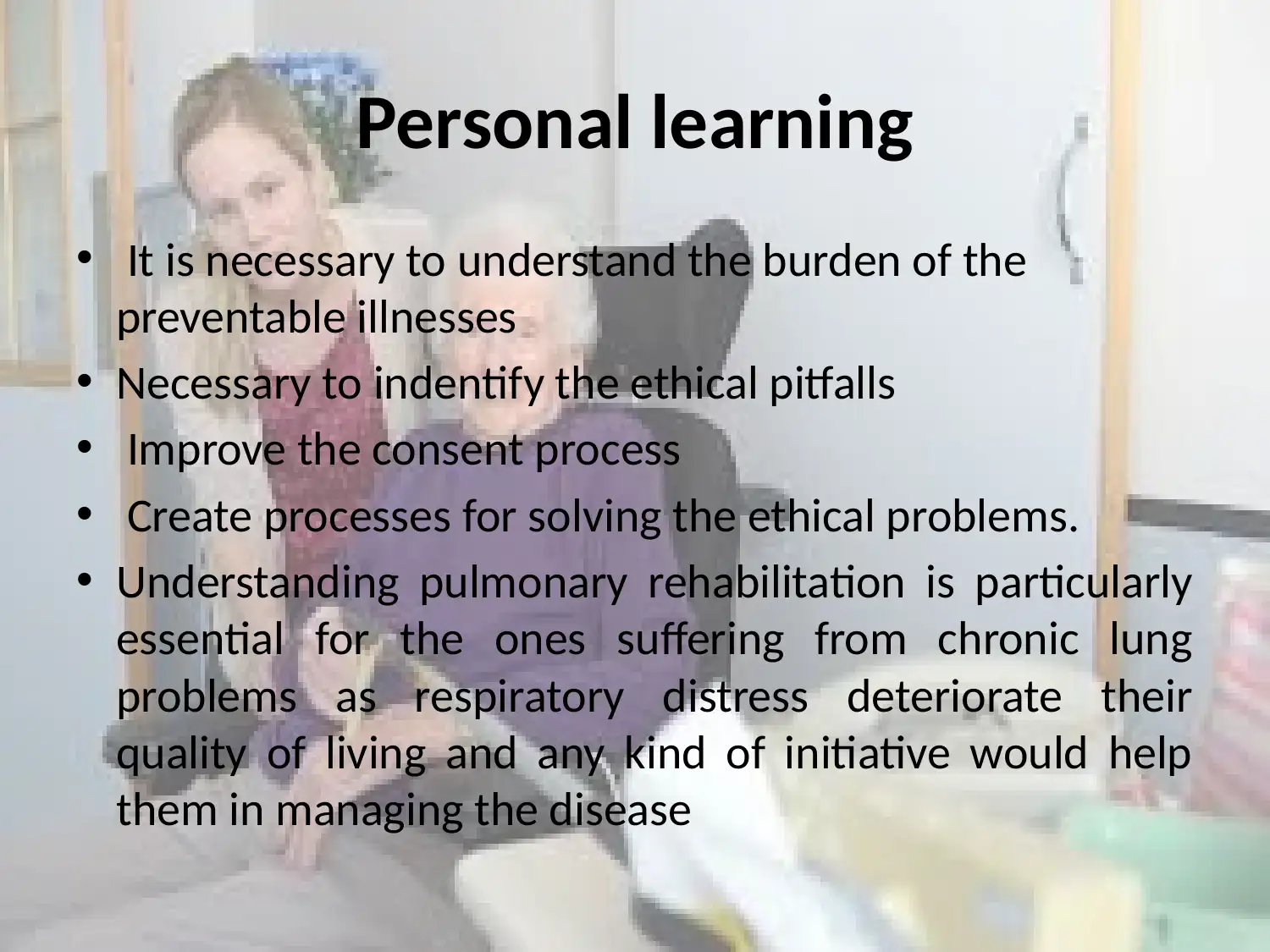
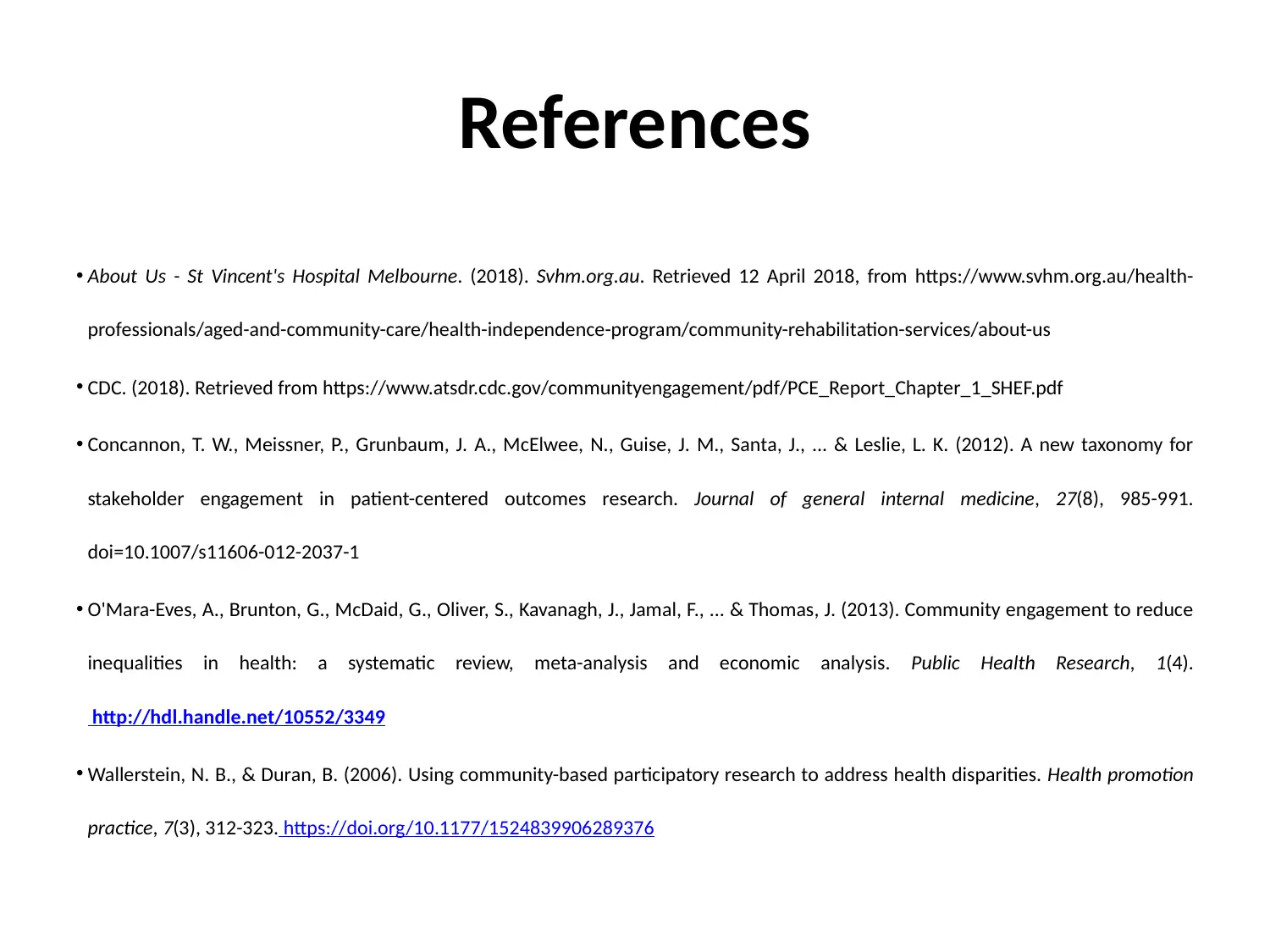



![[object Object]](/_next/static/media/star-bottom.7253800d.svg)